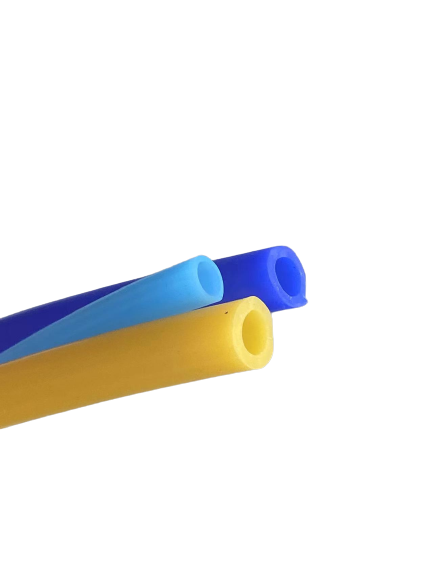Dez . 05, 2024 06:58 Back to list
D-Type Ship Anti-Collision Sealing Strips for Enhanced Maritime Safety and Protection
The Importance of D-Type Ship Anti-Collision Sealing Strips in Maritime Safety
In the ever-challenging maritime industry, the safety and integrity of vessels are paramount. Among the myriad of components that contribute to the overall safety features of ships, the D-type ship anti-collision sealing strip plays a crucial role. This essential innovation helps protect vessels from damage during unavoidable collisions, enhancing not only the safety of the ship but also that of its crew and cargo.
Understanding D-Type Ship Anti-Collision Sealing Strips
D-type anti-collision sealing strips are specifically designed rubber profiles that are mounted on the exterior of a ship’s hull. Their unique “D” shape gives them their name and purpose. These strips serve a dual function they act as a buffer to absorb impacts and seal off areas against water ingress. When a vessel collides with another object—be it another ship, a dock, or underwater debris—these strips deform upon impact, reducing the force transmitted to the hull and consequently minimizing structural damage.
Materials and Design
The effectiveness of D-type sealing strips lies in their material composition and design. Typically made from high-quality rubber compounds or thermoplastics, these strips exhibit impressive resilience against harsh marine environments, including saltwater, UV radiation, and extreme temperatures. The design is engineered to be lightweight yet durable, enabling it to perform effectively without adding excessive weight to the vessel.
Benefits of D-Type Sealing Strips
1. Impact Absorption The primary advantage of these strips is their ability to absorb shock during a collision. By dissipating the energy from the impact, they help prevent deformation of the hull and reduce the likelihood of severe structural damage.
d-type ship anti-collision sealing strip

2. Water Sealing Besides impact mitigation, these strips also provide an effective seal against seawater. In the event of a minor breach caused by a collision, the sealing strips help prevent water from entering critical areas of the ship, thus safeguarding the vessel’s stability and buoyancy.
3. Cost Efficiency Investing in D-type sealing strips can lead to significant cost savings in the long run. By minimizing damage from collisions, shipping companies can avoid high repair costs and potential downtime, which can substantially affect operational efficiency.
4. Enhanced Safety The presence of these anti-collision strips contributes to overall maritime safety. By reducing the risk of serious damage during minor collisions, they help protect both crew and cargo, fostering a safer working environment aboard.
5. Compliance with Regulations Many maritime safety regulations require vessels to be equipped with safety features that minimize risks during operations. Implementing D-type sealing strips can help companies meet these regulations, ensuring compliance and enhancing their reputation in an industry that increasingly prioritizes safety.
Installation and Maintenance
The installation of D-type sealing strips is a straightforward process, typically performed during the building of a new vessel or during routine maintenance. It is critical that these strips are installed correctly to ensure their optimal performance. Regular inspections should also be conducted to check for wear and tear, particularly after experiencing heavy impacts or during adverse weather conditions.
Conclusion
In summary, D-type ship anti-collision sealing strips are vital components in the maritime industry, providing essential protection and safety measures for vessels. Their ability to absorb impact and prevent water ingress makes them indispensable for safeguarding ship integrity and crew safety. With the ongoing advancements in materials and design, the effectiveness of these sealing strips continues to improve, ensuring that maritime operations can proceed with enhanced confidence in safety. As the maritime sector navigates the challenges of global trade and increasingly busy shipping lanes, the role of such innovations will undoubtedly be critical in fostering a safer and more efficient maritime environment. Investing in quality D-type sealing strips is not just a practical decision; it is a commitment to safety, compliance, and the long-term sustainability of maritime operations.




